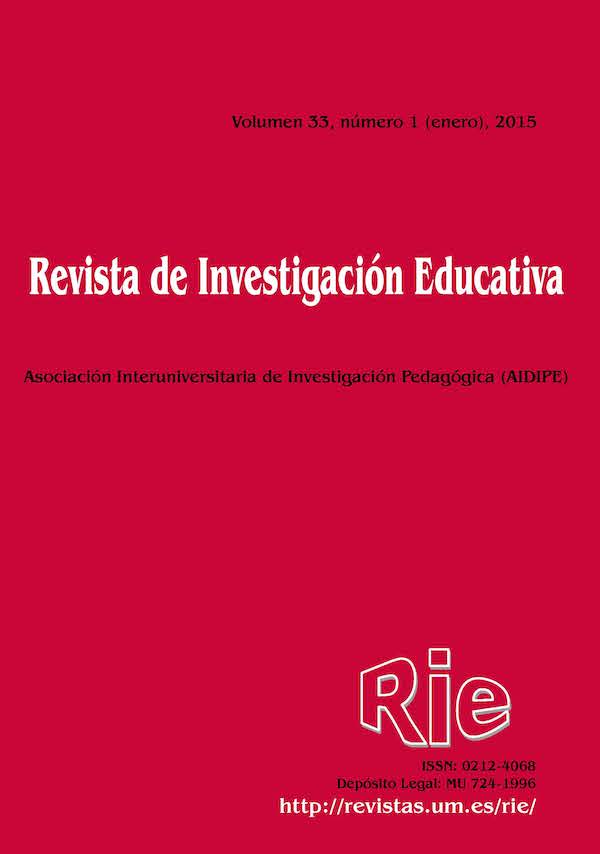An Asymmetric Logit Model to explain the likelihood of success in academic results
Abstract
The aim of this work is to explain the probability of passing first year Mathematics, subject that is included in the Degree of Business Administration and Management at the University of Las Palmas de Gran Canaria. In order to reach this goal, this paper identifies some of the factors that influence this probability measure by using firstly a classic logistic regression model (logit) and, secondly, an asymmetric Bayesian logit model. The obtained results show that the significant variables that affect academic achievement in terms of the relative probability of passing the subject are: regular attendance to lectures and tutorials, student’s opinion about material provided by lecturers to prepare the subject, the type of high-school where students took secondary studies and attendance to extra supporting lectures. Future extension of this work consists of analyzing the relationships between some of the explanatory variables considered.Downloads
-
Abstract1730
-
PDF (Español (España))1083
The articles and scientific documents published in RIE abide the following conditions:
1. The Servicio de Publicaciones de la Universidad de Murcia (the publisher) has the property rights (copyright) of all the documents published and allows the reuse under the user’s license indicated in point 2.
2. All documents are published in the digital edition of RIE under a Creative Commons Reconocimiento-NoComercial-SinObraDerivada 4.0 Internacional. (legal document) license. These documents can be copied, used, distributed, communicated and explained publicly if: i) the author(s) and its original source of publishing (magazine, publisher and URL of the document) are cited; ii) it is not used for commercial purpose; iii) the existence and the specifications about this license are mentioned.
3. Auto-archive’s conditions. The authors are allowed and encouraged to digitally distribute the pre-print versions (a version before evaluation) and/or post-print (a version that it is already evaluated and accepted to its publication). This promotes circulation and distribution earlier and can increase the citations and significance within the academic community.









